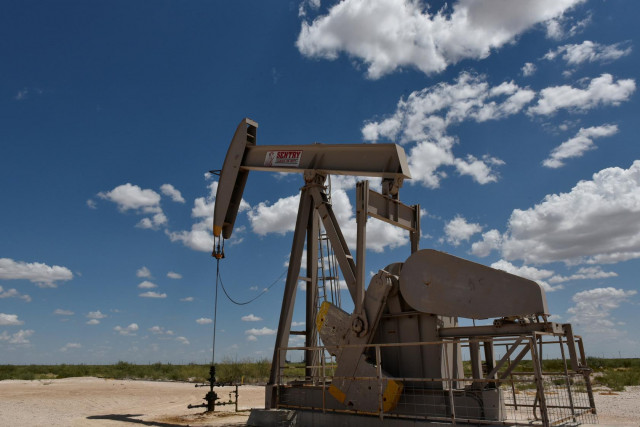Oil prices extend rally as producers restrain output
Both major crude oil contracts rose more than 2%

Oil prices rose more than 2% on Tuesday after major crude producers showed they were reining in output roughly in line with their commitments, extending gains in a market thrown out of kilter by weak demand during the coronavirus pandemic.
Brent crude was up $1.30, or 2.3%, at $57.65 a barrel by 1150 GMT, its third straight day of gains. US crude oil gained $1.25, also 2.3%, to $54.80. Both contracts rose more than 2% in the previous session.
Crude production by the Organisation of the Petroleum Exporting Countries (OPEC) rose for a seventh month in January but the increase was smaller than expected, a Reuters’ survey found.
Also, voluntary cuts of 1 million barrels per day (bpd) by OPEC’s de facto leader, Saudi Arabia, are set to be implemented from the beginning of February through March.
“With OPEC and its allies (OPEC+) endeavouring to keep global oil production below demand, we expect petroleum inventories to keep falling,” UBS said in a note.
“With inventories starting to drop in 2H20, the structure of the futures curve has shifted to become downward sloped. This is attracting investors.”
The investment bank forecast Brent would reach $63 a barrel by the second half of this year and $65 by the first quarter of 2022. Goldman Sachs said it expected the benchmark to reach $65 a barrel by July.
Russian output increased in January but in line with the agreement on reducing production, while in Kazakhstan oil volume fell for the month.
However, energy giant BP flagged a difficult start to 2021 amid declining product demand, noting that January retail volumes were down by around 20% year-on-year, compared with a decline of 11% in the fourth quarter.
Oil demand is nevertheless expected to recover in 2021, BP said, with global inventories expected to return to their five-year average by the middle of the year.
Helping to support prices, a severe blizzard hitting a large area of the northeastern United States is pushing up demand for heating fuel.


















COMMENTS
Comments are moderated and generally will be posted if they are on-topic and not abusive.
For more information, please see our Comments FAQ